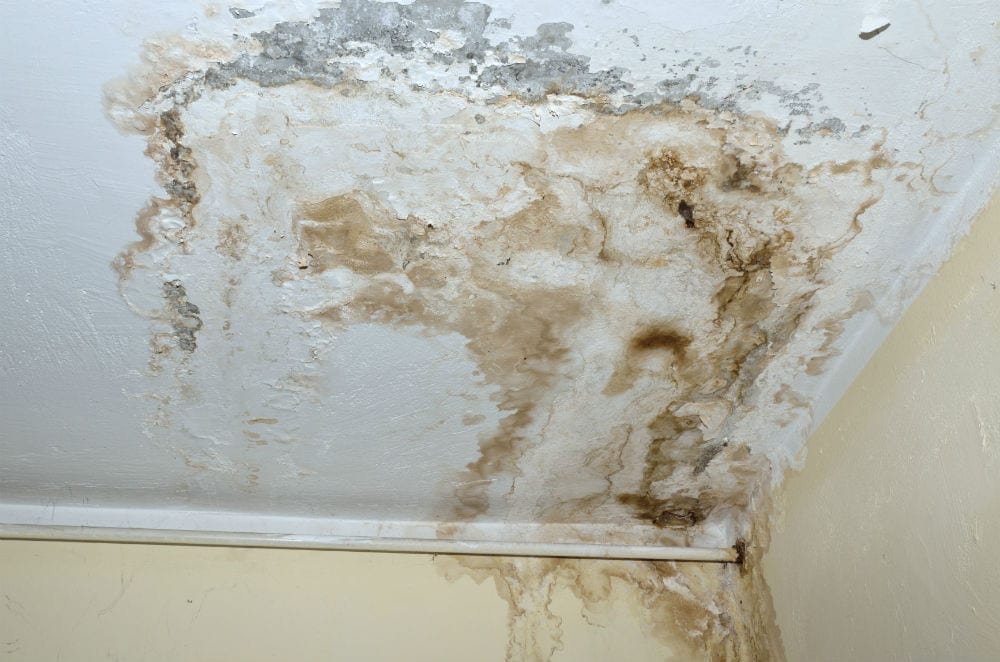Do's & Don'ts of Water Damage.
Do's & Don'ts of Water Damage.
Blog Article
We've noticed the article relating to Ways to Reduce The Risk Of Fire And Water Damage down the page on the net and decided it made perfect sense to share it with you in this article.

Water gives life, water breach on components where it's not expected to be can result in damage. Homes with water damages scent old as well as moldy.
Water can originate from lots of sources such as typhoons, floodings, ruptured pipes, leakages, as well as drain issues. In case you experience water damages, it would be good to understand some safety preventative measures. Right here are a couple of guidelines on exactly how to deal with water damage.
Do Prioritize Residence Insurance Coverage Protection
Water damage from flooding because of hefty winds is seasonal. However, you can also experience an unexpected flood when a malfunctioning pipe unexpectedly bursts right into your home. It would be best to have house insurance that covers both acts of God such as all-natural tragedies, and emergencies like damaged plumbing.
Do Not Neglect to Turn Off Utilities
In the event of a catastrophe, particularly if you reside in a flood-prone location, it would be recommended to shut off the primary electrical circuit. This cuts off power to your whole house, avoiding electrical shocks when water comes in as it is a conductor. Do not forget to transform off the major water line valve. Furniture will relocate around and also cause damages when floodwaters are high. Having the main shutoff turned off avoids more damage.
Do Keep Proactive and Heed Weather Condition Signals
Listen to evacuation warnings if you live near a river, creek, or lake . Doing so lowers potential property damages.
Do Not Ignore the Roofing System
Prior to the climate turns shocking, ensure you have a roofing assessment. In fact, it would certainly be prudent to obtain this service every year as it can mitigate complicated concerns. If there are no holes and leaks in your roof, you can avoid rainfall damages. Your roofer will likewise look after defective gutters or any other indicators of weakening. This will certainly stop water from streaming down your walls and also saturating your ceiling.
Do Take Note Of Small Leakages
A burst pipeline doesn't take place over night. Usually, there are warnings that indicate you have actually compromised pipelines in your home. For instance, you might discover gurgling paint, peeling wallpaper, water touches, water stains, or leaking audios behind the walls. At some point, this pipe will rupture. Preferably, you should not wait on points to rise. Have your plumbing fixed before it results in enormous damages.
Do Not Panic in Case of a Ruptured Pipeline
Maintaining your presence of mind is important in a time of dilemma. Panicking will only worsen the trouble due to the fact that it will certainly stifle you from acting quickly. When it pertains to water damage, timing is key. The longer you wait, the more damages you can expect. Thus, if a pipeline bursts in your home, instantly shut off your primary water valve to remove the source. After that unplug all electric outlets in the area or turn off the breaker for that part of your home. Finally, call a reputable water damage reconstruction specialist for help.
Water offers life, water breach on components where it's not intended to be can result in damages. Residences with water damages odor stuffy and also old.
Water damages from flood dues to hefty winds is seasonal. You might discover bubbling paint, peeling off wallpaper, water touches, water spots, or dripping audios behind the wall surfaces. When it comes to water damage, timing is vital.
Some Do's & Don't When Dealing with a Water Damage
DO:
Make sure the water source has been eliminated. Contact a plumber if needed. Turn off circuit breakers supplying electricity to wet areas and unplug any electronics that are on wet carpet or surfaces Remove small furniture items Remove as much excess water as possible by mopping or blotting; Use WHITE towels to blot wet carpeting Wipe water from wooden furniture after removing anything on it Remove and prop up wet upholstery cushions for even drying (check for any bleeding) Pin up curtains or furniture skirts if needed Place aluminum foil, saucers or wood blocks between furniture legs and wet carpet Turn on air conditioning for maximum drying in winter and open windows in the summer Open any drawers and cabinets affected for complete drying but do not force them open Remove any valuable art objects or paintings to a safe, dry place Open any suitcases or luggage that may have been affected to dry, preferably in sunlight Hang any fur or leather goods to dry at room temperature Punch small holes in sagging ceilings to relieve trapped water (don't forget to place pans beneath!); however, if the ceiling is sagging extremely low, stay out of the room and we'll take care of it DO NOT:
Leave wet fabrics in place; dry them as soon as possible Leave books, magazines or any other colored items on wet carpets or floor Use your household vacuum to remove water Use TV's or other electronics/appliances while standing on wet carpets or floors; especially not on wet concrete floors Turn on ceiling fixtures if the ceiling is wet Turn your heat up, unless instructed otherwise

Do you really like reading about Preventing Fires and Water Damage In Your Home? Give a remark further down. We'd be interested to find out your opinions about this review. Hoping to see you back again later on. Kindly take the opportunity to share this article if you appreciated it. I thank you for reading our article about Preventing Fires and Water Damage In Your Home.
Report this page